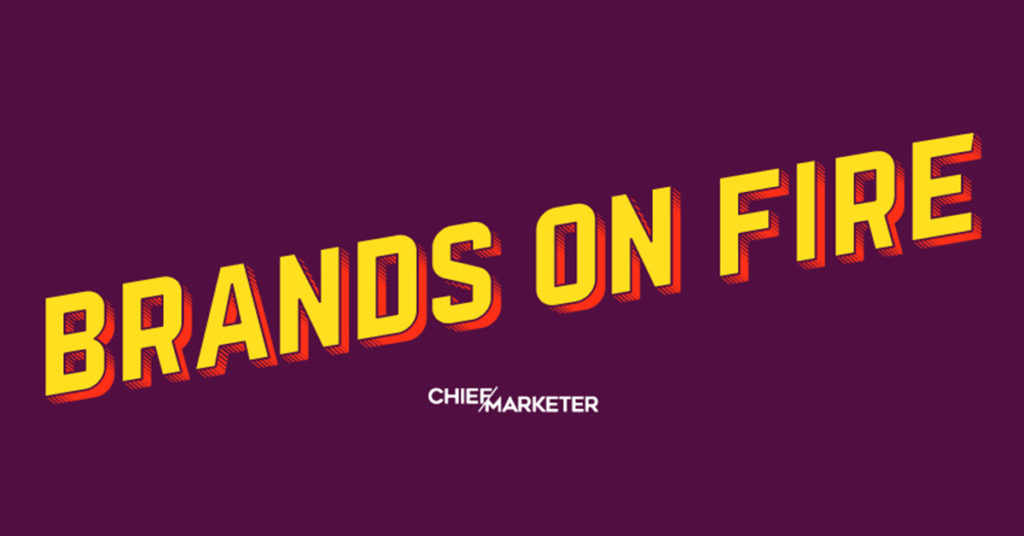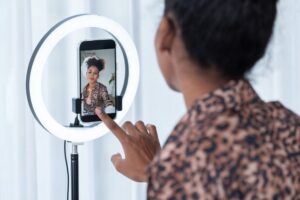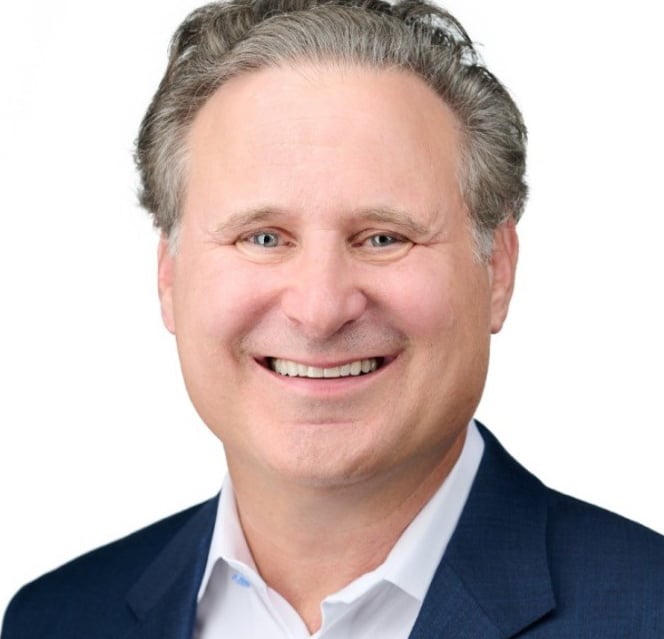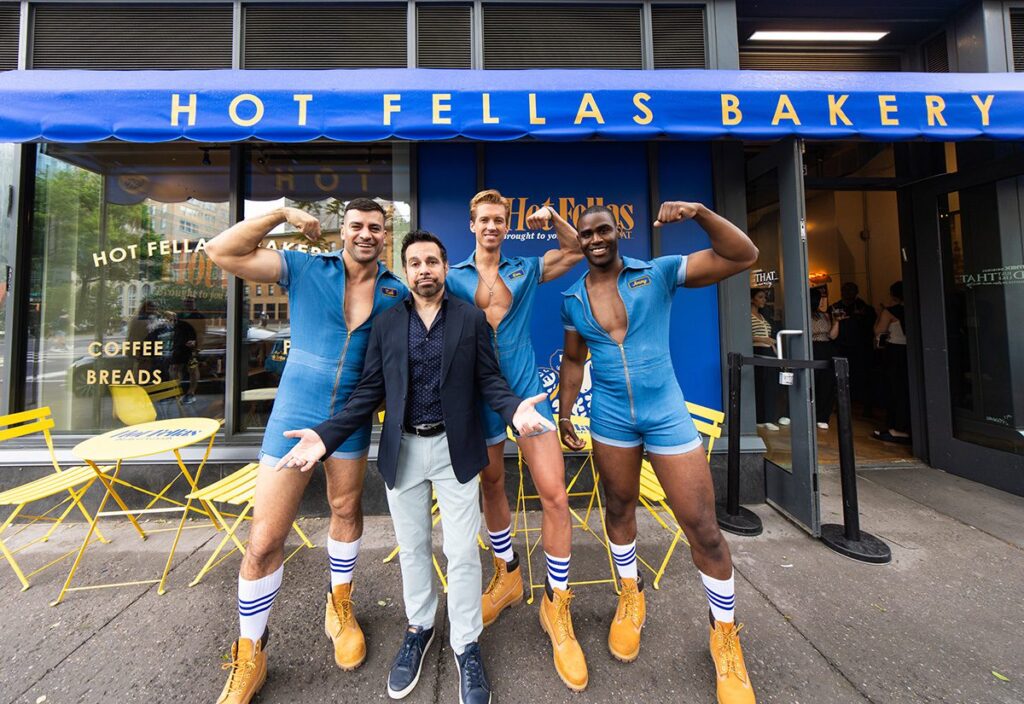Our monthly analysis of the world’s top brands and the marketing moves that are setting them apart.
—
Marketing to consumers during the COVID-19 pandemic demands a level of online engagement from brands that many businesses were ill prepared for. As such, brands have been ramping up their ecommerce capabilities to remain competitive while in-person interactions remain limited. And though some companies have slowed or paused their online messaging, others have placed greater importance on social media marketing and digital advertising than they had before the virus so drastically altered the marketing landscape.
Brands that already have a direct-to-consumer model in place have a clear advantage here. Take the three-year-old shapewear company Shapermint, whose sales grew 70 percent year-over-year during the pandemic. It’s an impressive feat, especially considering that purchasing form-fitting undergarments while abiding by social distancing rules isn’t exactly an intuitive sale. We spoke with Shapermint CMO Massimiliano Tirocchi about the brand’s unique success during quarantine, his approach to paid social media and the company’s profitable customer acquisition strategy.
Chief Marketer: Tell me about the challenges Shapermint has faced due to COVID-19. What aspects of the business have been affected and how? How has marketing had to adjust?
Massimiliano Tirocchi: The biggest impact was during March. People were focusing on buying other types of things, more of the essentials. But that changed quite a lot by the end of March and into April. We started noticing an increase, compared to pre-COVID. In terms of inventory and fulfillment we were doing OK, mainly because we had everything planned because of the Chinese New Year. We actually had more inventory in place.
One of the biggest changes was in terms of our campaigns. For example, our Mother’s Day campaign that we had planned changed entirely. The initial concept was that moms are “shapers.” Then we switched that to a campaign that said, “Make the [Phone] Call.” We needed to change it in less than two weeks. Another big change in the beginning was our paid media strategy, to make the creative more relevant.
In terms of year-over-year growth, it was mainly due to the fact that we were doing a pretty good job with inventory and fulfillment. In terms of our paid media strategy, Facebook, Instagram, YouTube and Pinterest was most of our budget. We adapted our communications with our in-house creative team, changing it to relate to the actual moment.
CM: Why do you think sales were so strong year-over-year, despite the pandemic?
MT: In our category—we sell shapers, bras, control leggings—a big share of the total market is in department stores. As department stores and malls were closing, people started to buy more online. They’re now buying directly from ecommerce. We have big investments in terms of digital. We are digitally-native with profitable customer acquisition. Apart from that, CPMs decreased in social media because of big brands pulling out their budgets. That means that for us it was a little bit cheaper to reach millions of consumers every single day. And, people who before would go to the department store to buy now cannot.
If we look at our competitors in the category, you don’t have other big brands really pushing online in terms of advertising and reach. An important point to understand here is why a person would buy a shaper if they’re in quarantine. When they buy, they’re future pacing. For example, one of our best-performing creatives was for weddings. How could our wedding communications be doing well during this moment? People see the benefit of the product in certain situations. They know that they’re going to need the product.
We use a lot of customer data. When we started we said, okay, let’s change the communications to be around loungewear or stay-at-home products that they can use. But what we noticed is that we were actually selling more shapers and controlled leggings. Part of the feedback that we received from customers is that they know that they’re going to be using shapers in the future. So, if the price for them good, they can buy now.
Another consumer insight: While at home, people can’t exercise much. So, they were thinking, when I meet with someone after the lockdown, it would be great to test the shaper. We have a lot of customers new to the category. Considering these three pillars—one, communications; two, less competition with digital traffic sources; and three, the reduction of people going to department stores—we were able to scale our campaigns. We have 100 percent growth in May, but also, we doubled our investment in advertising. We also started getting back into TV at the end of May.
CM: How have you enhanced your ecommerce capabilities during this time?
MT: We sell on shapermint.com and also on Amazon. We have noticed an increase on both of them. In April, we have grown more than 35 percent compared to the past year. The biggest change there is that in May we doubled the amount of visitors. We are continuously running tests there to improve it. We’ve put a lot of effort into making sure that we can convert every new visitor that we have in the store. During May, we have several days in which the commercial rate was even higher than Black Friday. That really surprised me.
CM: How does Shapermint use performance marketing?
MT: We’re performance-driven and we mainly focus on results. Everything that we do is based on data and we know that we are going to get an expected outcome. As I mentioned before, part of our strength is profitable customer acquisition. It’s really about performance. We invest a six-figure budget per day on Facebook, YouTube, Pinterest. We have specific targets for ads to define what we scale, how we improve communications, what products we keep. Facebook is more than 75 percent of the overall budget. It is a primary source for us in terms of traffic.
We apply the same type of performance mindset for different things. For example, for television, we are working with a partner, Tatari, that helps us with measurement. They have a data science team on their side, so they help us with analysis and media buying. And then we have our own internal data team that matches their own information.
CM: What are your marketing plans for the rest of the year?
TM: When everything started with COVID, internally we set up a war room to define how the economy will be impacting different parts of the business. In March, it was more uncertain. Now, the moment is still uncertain because you don’t really know what’s going to be happening in the future. But because of the increase, the target for the entire year is to reach more than $150 million in revenue during 2020.
In terms of the marketing plan, we want to consolidate ourselves on TV. We are running [a campaign] right now and we are going to be increasing the budget a little during July and August with different campaigns and really trying to learn from it.
Being a D2C company and digitally-native, the challenge is making sure that people start to see you not only as a brand that they can find online, but a brand they can trust. It’s related to how you build brand equity. One of our strategies is allocating more of the budget into certain types of advertising. For example, we are starting with radio and also podcasts to make sure that at specific touchpoints we are delivering the right message. In the last two, three months, the power of Pinterest for direct-response advertising and also YouTube got my attention.
CM: How has Pinterest worked for you?
TM: They tend to have better engagement with products that [relate to] dresses or outfits. For example, on Facebook and Instagram, we can mainly focus on the need and then show the product, whereas with Pinterest, you get more attention when you show how your product can impact their outfits. So, it’s about being relevant to them. The other thing is that on Facebook and Instagram it’s really easy for people to skip the ad when you’re scrolling through the feed. On Pinterest it’s a little bit different because of where it shows up. It’s based on the type of format that you’re looking for. People actually open the video, so the experience is different. They get more involved in the creative. For us, 95 percent of our advertising is video.
CM: How are you using influencers right now?
TM: In the past we were using influencers, but during the last two months we’ve been using them even more. With our “Make the Call” campaign we said, what would happen if the primary source of awareness was through different types of influencers? We had more than 100 influencers and brand ambassadors, but they were sharing the videos directly in their feeds. It was pretty interesting to see the engagement, because this time were uploading it themselves. It was new for us. You have to go on each of the influencer profiles to see the engagement the comments.
We noticed that if we post directly to our own profile, we’re not going to get that personal conversation. With brands pulling out budgets, influencers are more open to doing partnerships. And of course, that also has an impact on the rates that they are asking for. From a strategic point of view, we don’t want to have influencers actually sell our products. We want them to be like brand ambassadors that deliver the message and the brand purpose.
CM: What trends should marketers be paying attention to?
TM: One thing that we have been working on in the last quarter that’s going to be important for us this year is conversational marketing—being proactive and open in conversations with customers. For example, we try to engage with new customers on our site by asking them a question in a more personal way. It’s not only about rating your experience, but actually having one person from the team lead that conversation. I think that’s an important one.
Also, chatbots are a good way for brands to scale their capabilities for providing a good experience to customers. But using chatbots doesn’t mean that you’re not customer-centric. We have more than 70 people on our customer care team because the volume of questions is so high. In looking at our numbers, 60 percent of the comments or questions from people can be answered in an automatic way. Questions like, where is my order? You can provide that answer without having to talk with a human. If then they actually want to talk to a human, there is that option.
Another one I’m personally engaged in is in terms of creative for videos. There are machine learning tools that identify video [consumption] patterns that you can use to increase performance. We test our creative—for example, the color of the outfit a woman is wearing in the first 10 seconds. That has an impact for us, just using a certain dress color.
And in terms of our category, sizing by fitting technologies. We implemented a fit predictor as a tool and noticed a lift of more than eight percent. Now we are expanding that test. I think it’s important because as more people buy online, part of their trust depends on the fitting technology that you had under quarantine. These technologies are getting better over time.



 Network
Network

